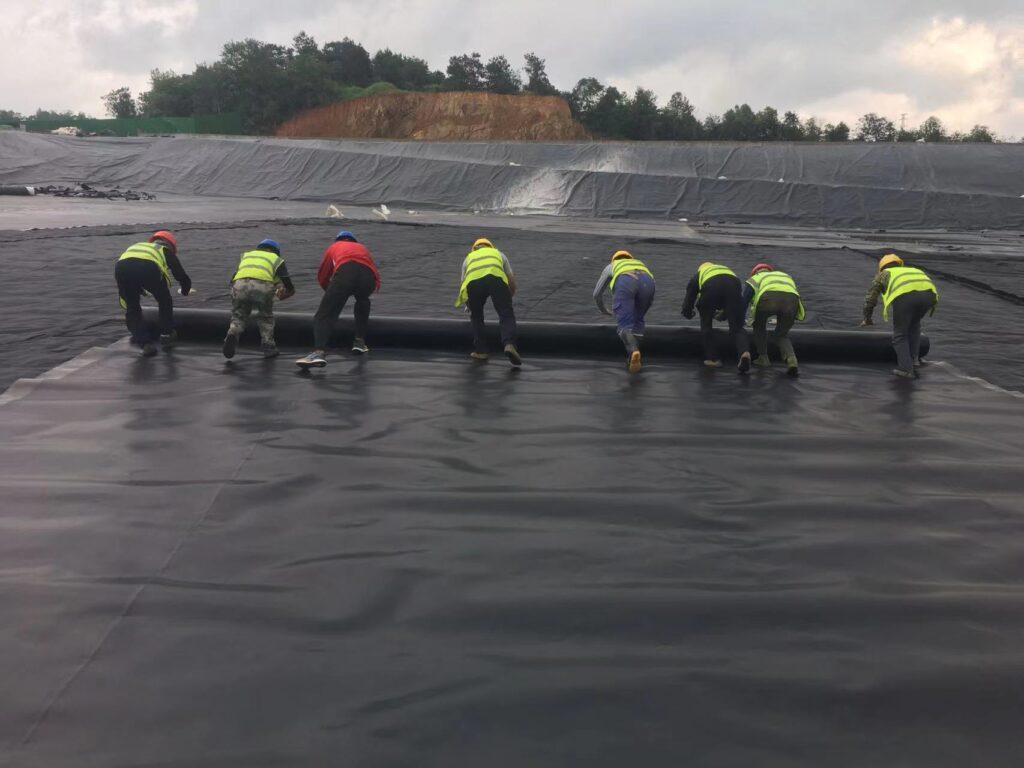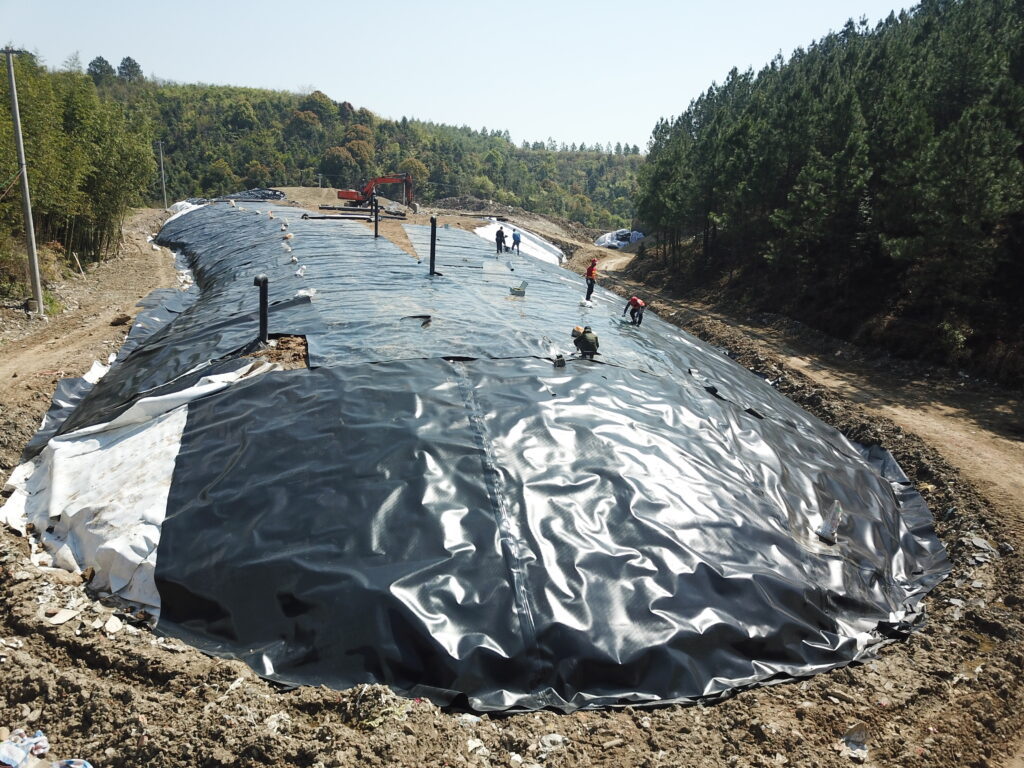Whats is hdpe pond liner?
HDPE stands for High-Density Polyethylene, which is a type of plastic known for its strength, durability, and resistance to chemicals and UV rays. HDPE pond liners are made from this material and are commonly used in pond construction and landscaping projects.
HDPE pond liners are popular for several reasons:
Durability: HDPE is a sturdy material that can withstand punctures, tears, and environmental stresses, making it suitable for long-term use in ponds.
Chemical Resistance: HDPE is resistant to many chemicals commonly found in soil and water, reducing the risk of degradation or damage over time.
UV Resistance: HDPE is UV resistant, which helps prevent deterioration and prolongs the lifespan of the pond liner, even when exposed to sunlight.
Flexibility: HDPE pond liners are flexible and can conform to the shape and contours of the pond, providing a secure and watertight barrier.
Ease of Installation: HDPE pond liners are relatively easy to install and can be customized to fit the dimensions of the pond accurately.
Overall, HDPE pond liners are a popular choice for both small backyard ponds and larger commercial water features due to their durability, resistance to environmental factors, and ease of installation.

Do you need a liner for a pond?
Whether or not you need a liner for a pond depends on several factors, including the type of soil at the pond site, the size and depth of the pond, and its intended use. Soil Type: If the soil at the pond site is porous and retains water well, you may not need a liner. Clay soils, for example, can hold water effectively and may not require a liner. Water Table: The water table in the area can also influence whether you need a liner. If the water table is high, it might prevent water from seeping out of the pond bottom, reducing the need for a liner. Pond Use: If the pond is purely decorative and does not need to hold water for extended periods, a liner may not be necessary. However, if the pond is intended for fish or aquatic plants, a liner helps maintain water levels and prevents seepage. Size and Depth: Larger and deeper ponds are more likely to require liners because they have a greater surface area and more potential for water loss through seepage. In many cases, using a liner provides an added layer of protection and helps ensure consistent water levels in the pond. Liners can be made of materials such as EPDM rubber, PVC, or even concrete, depending on the specific requirements of the pond and personal preferences. Ultimately, it’s essential to assess your specific pond site and its intended use to determine whether a liner is necessary. Consulting with a landscaping or pond construction professional can also provide valuable insight into the best approach for your particular situation.
How to choose pond lining thickness?
Choosing the appropriate thickness for your pond liner depends on several factors, including the size of your pond, the type of soil, the intended use of the pond, and your budget. Here are some considerations to help you choose the right pond lining thickness:
Pond Size and Depth: Larger and deeper ponds may require thicker liners to withstand the pressure of the water and potential punctures or tears. Consider the dimensions of your pond when selecting the thickness of the liner.
Soil Type: If your pond is located in an area with rocky or sharp soil, you may need a thicker liner to protect against punctures. Clayey soils may require a thicker liner to prevent water from seeping through.
Intended Use: If you plan to keep fish or aquatic plants in your pond, you may want to invest in a thicker liner to provide added protection and durability. Thicker liners are less likely to tear or degrade over time, ensuring the longevity of your pond.
Environmental Factors: Consider the climate and environmental conditions in your area. If your pond will be exposed to extreme temperatures or sunlight, a thicker liner with UV resistance may be necessary to prevent degradation.
Budget: Thicker liners generally cost more than thinner ones. Consider your budget and weigh the cost against the benefits of investing in a thicker, more durable liner.
As a general guideline, pond liners typically range in thickness from 20 mil (0.5 mm) to 60 mil (1.5 mm) or more. Thicker liners offer greater puncture resistance and durability but may be more expensive. It’s essential to strike a balance between durability and cost when choosing the thickness of your pond liner.
If you’re unsure about the appropriate thickness for your pond liner, consult with a landscaping professional or pond specialist who can assess your specific needs and recommend the best option for your pond. Additionally, some pond liner manufacturers provide guidelines or recommendations based on the size and intended use of the pond.
近期文章
Author
-

Founded in 2002, Tinhy's team focuses on the manufacturing, marketing, installation, application and research and development of geosynthetic materials.
View all posts

